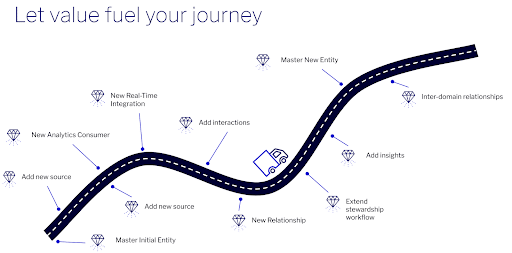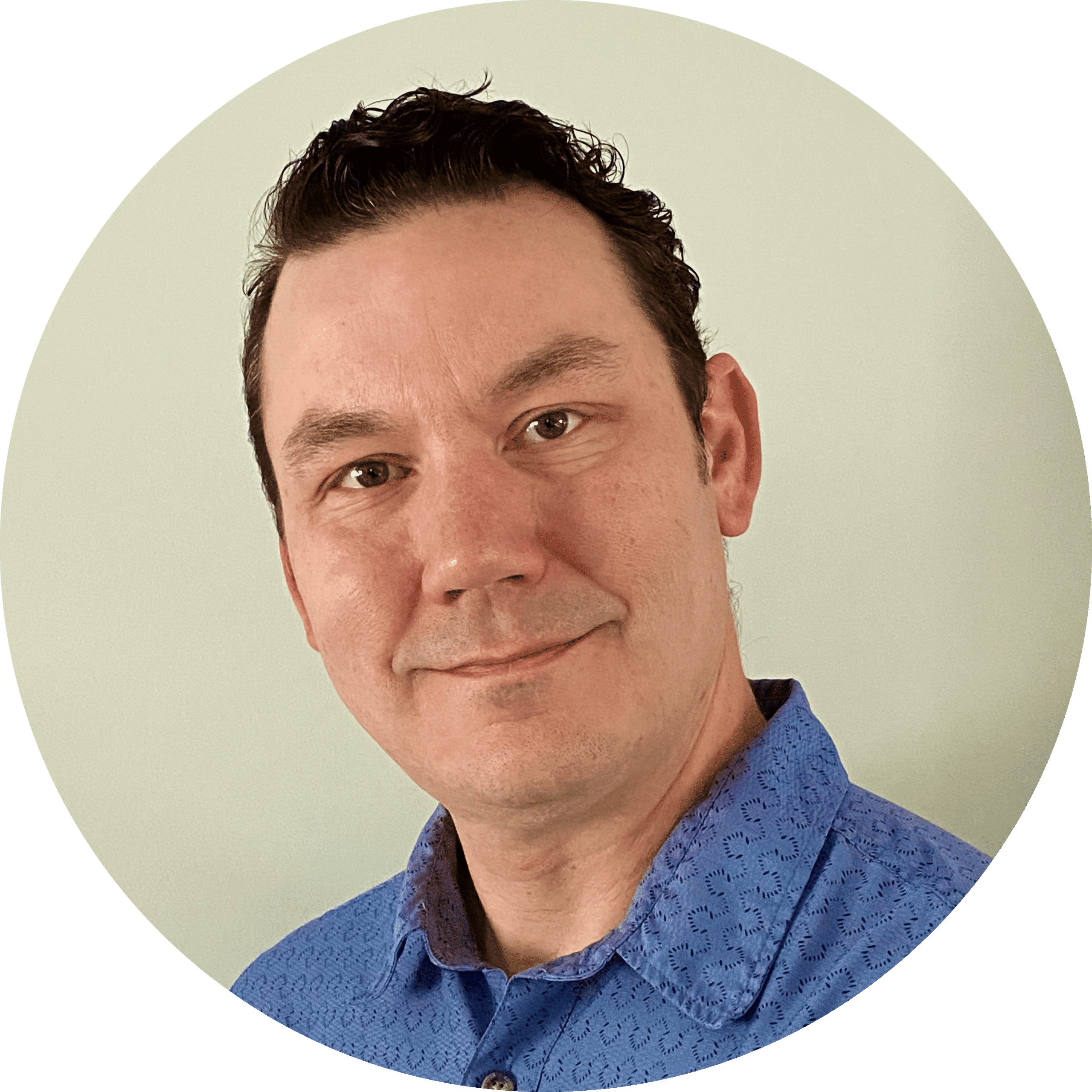Building a Master Data Management Practice from Scratch

Organizations need high-quality data to provide a holistic real-time customer experience, improve operational efficiency, and easily sustain compliance mandates to win in today’s highly competitive markets. A master data management (MDM) solution is table stakes for any organization seeking to meet these goals while avoiding the adverse effects of poor-quality data. With cloud technologies allowing us to scale, process, and unify vast amounts of data, mastering the data to ensure your organization has accurate, timely, and trustworthy insights to support critical business initiatives can prove instrumental in driving future growth.
While MDM is critical to an organization’s success, it can be a challenging initiative to get off the ground, execute and ultimately achieve maximum return on investment (ROI). For those new to MDM or for those struggling to advance to the next phase of an MDM build, creating an MDM practice can help an organization reach its data-driven goals.
Understanding the Role of MDM
Organizations considering an MDM solution should start with a seemingly simple question: What is MDM, and what is its role? Master data is the core data relevant to an organization’s business processes, such as financial data, procurement data, and sales data, to name just a few examples. MDM unifies and manages that core data in a centralized location. And since core data can reside in hundreds of silos, MDM is crucial for tying it all together and creating a single source of truth. That’s why we advocate that our customers treat MDM as a practice rather than an IT solution. Building MDM as a business practice increases the likelihood of success and delivers a tangible return on investment for any organization.
Build an MDM Practice, Not Another IT System
Once an organization identifies the needs and drivers for an MDM initiative and the project is funded, it is critical to define the project’s scope, have an internal MDM team, and identify the essential stakeholders for data and the skills needed for successful implementation.
Implementing an MDM solution can be complex and challenging, requiring several vital considerations to ensure success. These are a handful of the significant factors necessary for a successful MDM practice implementation:

Building partnerships with data stakeholders: Nearly every department, business function, or unit relies on data to make informed decisions, and very rarely does subject matter expertise reside within an IT department. New and expanding MDM practices must engage with key stakeholders, the data consumers, at each step.
Understanding your data is crucial: Understanding the types of data you have, where it comes from, how it is used, and what value it provides is key to building an MDM practice. It also involves understanding the data landscape within your organization, including any existing systems, silos, and processes used to manage and govern data.
Take an iterative approach to deployment: Start with a small, focused data set and gradually expand and refine the solution over time. This approach allows you to test and refine the solution in a controlled environment while building momentum and support within the organization.
Following these keys to success can help a new MDM practice effectively implement and leverage MDM solutions to drive business value and unleash the power of informed decision-making.
Avoid these Common MDM Practice Pitfalls
It is equally important to avoid common pitfalls that can derail a project, reduce its effectiveness or deliver less-than-expected value. These are some of the more common pitfalls to avoid when implementing an MDM practice:
Failure to engage business subject matter experts: MDM is a business-driven initiative, and it is essential to involve the downstream data consumers. Analysts and all subject matter experts from across an organization can help ensure that the MDM practice meets the business’s specific needs. Failing to involve data consumers and domain experts can result in an MDM solution that becomes disconnected from its overall objectives.
Focusing only on technology: While technology is a critical component of an MDM practice, there are other factors to consider. It is essential to include the business processes, data governance policies, and organizational culture that the solution will impact. Failing to consider these non-technical factors can lead to misalignment with the business needs and realities of the organization.
Delayed staffing: MDM is a complex and resource-intensive initiative. It is essential to ensure that the necessary staffing and resources are in place from the beginning of the project. Failing to allocate the resources needed can cause delays, cost overruns, and a suboptimal solution.
Failing to align MDM to business value. It is vital to align MDM practices with the organization’s business objectives and priorities and deliver measurable value regarding cost savings, operational efficiency, or improved decision-making.
Failing to create a data readiness plan: MDM involves significant changes to how data is managed and governed within an organization. It is critical to have a clear plan to ensure that the necessary information is available and in the correct format to support the solution. Failing to have a data readiness plan can result in delays, cost overruns, and a suboptimal MDM practice that fails to maximize return on investment.
Attempting a “big bang” implementation: Implementing an entire MDM solution all at once is risky and resource-intensive. Taking an iterative approach, starting with a small, focused data set and gradually expanding and refining the solution over time, usually works better. This allows your data consumers to test and refine an MDM practice in a controlled environment while building momentum and support with consumers.
Align an MDM Practice with Business Goals to Drive Value
Ultimately, the need for precise and up-to-date information is pressing. As the number of data sources grows, the challenge of managing it consistently and ensuring that data definitions are always current to ensure that all aspects of a company use the same information is ongoing. In an increasingly digital era, any company’s most valuable asset is its data. It influences the decisions made at every level of a company. A decade ago, MDM could have been dismissed as a “nice to have” technology. The high stakes today have become a “must” for any organization.

To succeed in today’s hyper-connected economy, all organizations need linked and comprehensive data that must be available in real time. Reltio recognizes that this hastened the revolution of MDM and transformed how companies gather, unify, manage, and utilize data. Many enterprises’ MDM deployments stagnated because of the considerable cost and time required to solve current systems and problems. They did not recognize that the best approach for launching MDM is to treat it as a practice and apply it to future projects. Doing so enables a company to continuously test it, develop expertise and identify how mastered data can deliver value in new ways. Treating MDM as a practice, not another layer of the IT stack, can drive transformative results at every level.
